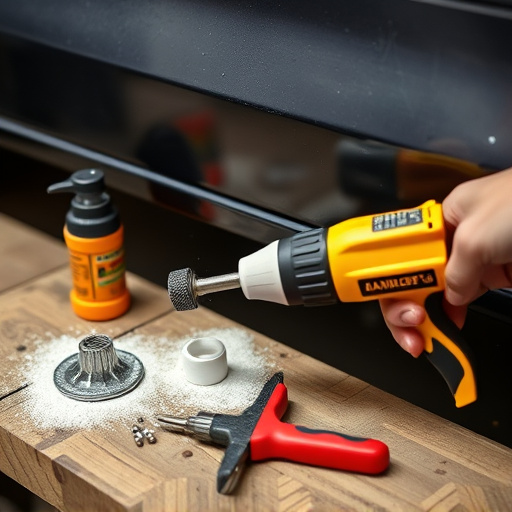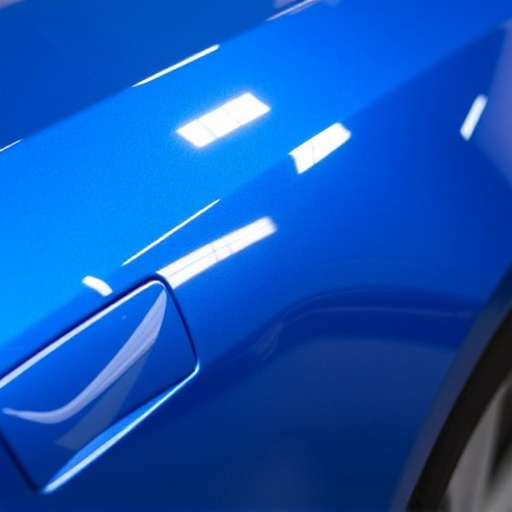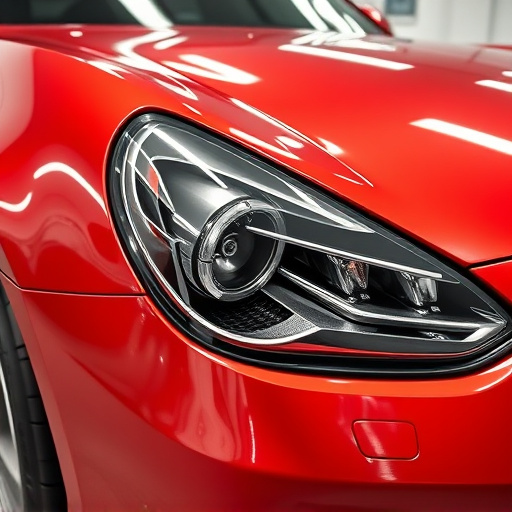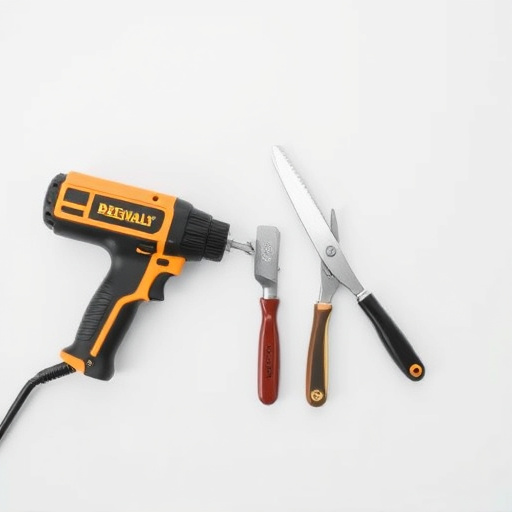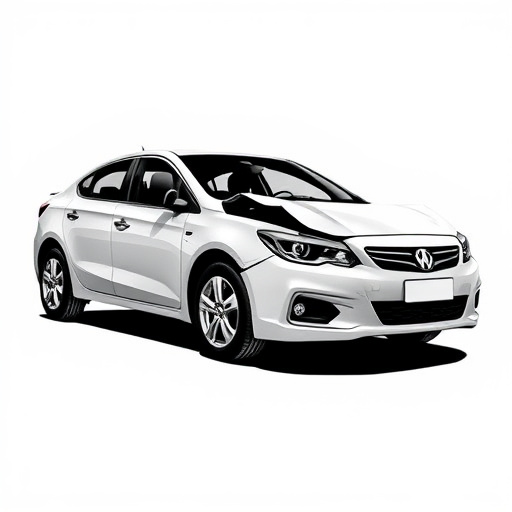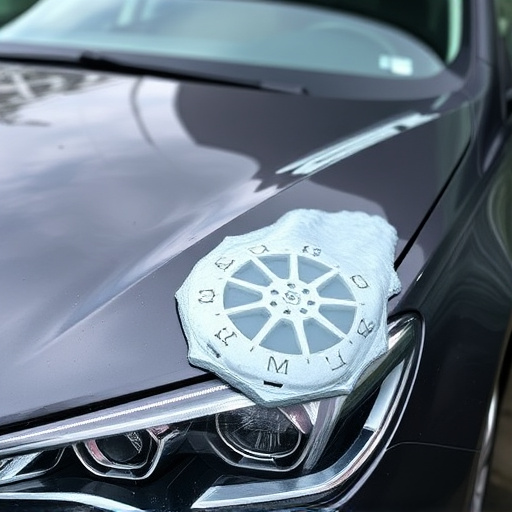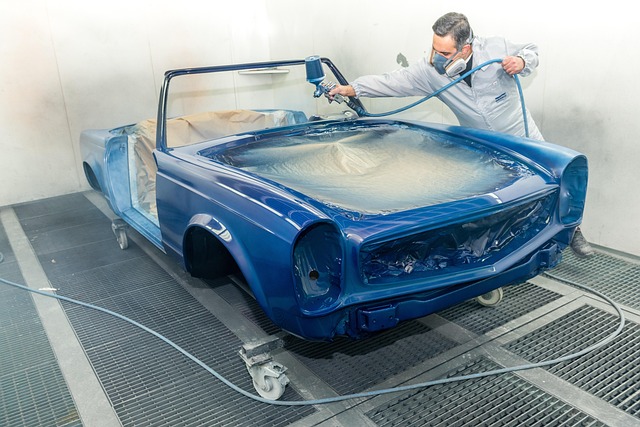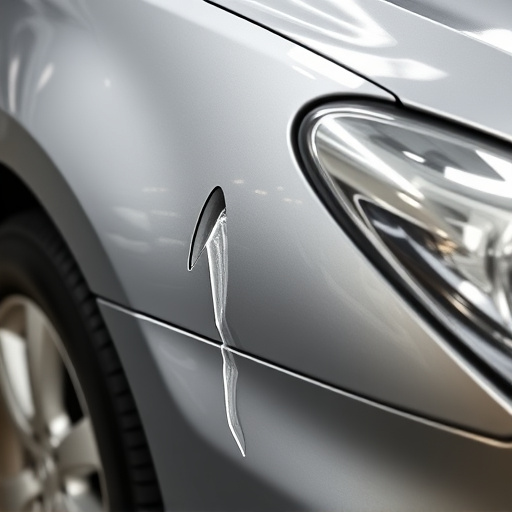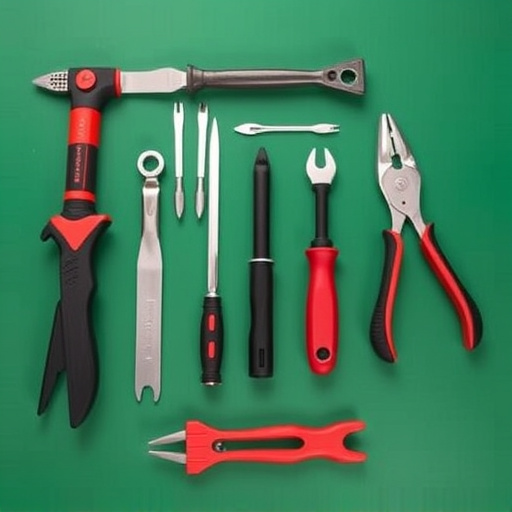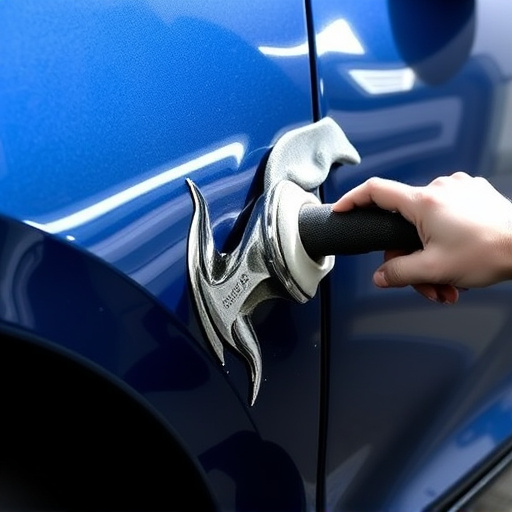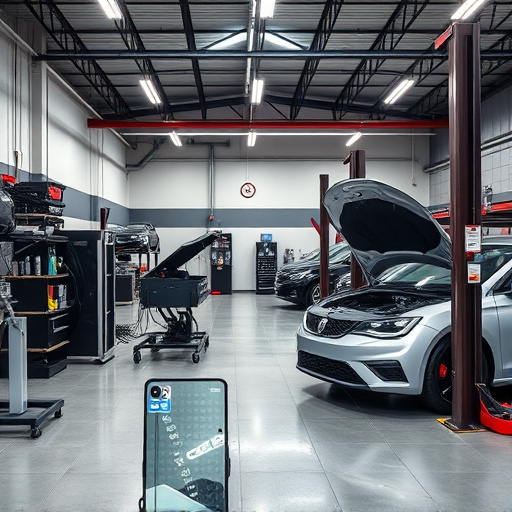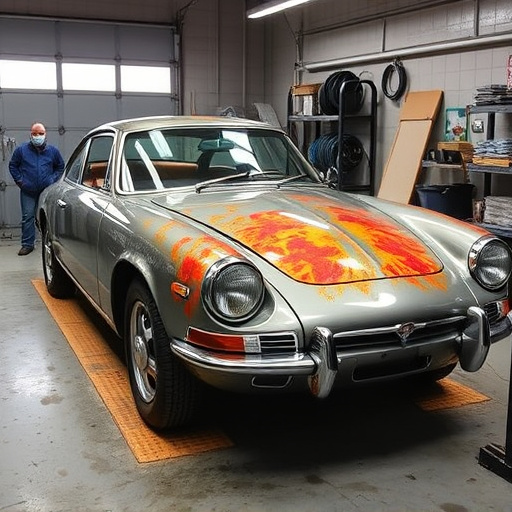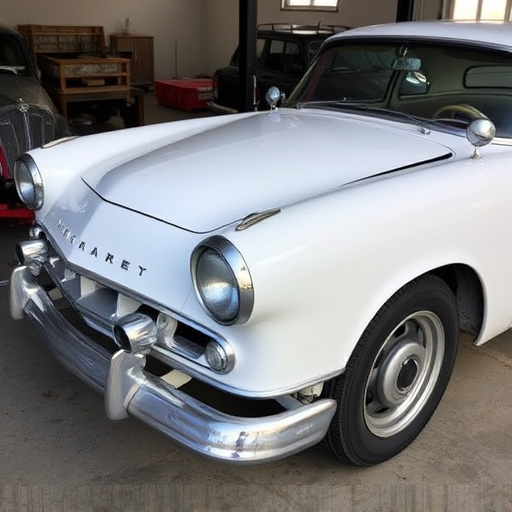The Mercedes EQ battery housing is a critical component providing advanced protection for high-voltage lithium-ion batteries, ensuring durability against extreme weather and accidental impacts through meticulously engineered robust construction that prevents short circuits, leaks, and damage. Modern materials like composite and high-performance polymers offer superior corrosion resistance and enhanced structural integrity, reducing weight for better fuel efficiency and performance. These materials also excel in heat dissipation and shock absorption, protecting the battery's lifespan and reliability in diverse driving conditions and environmental setups while integrating with safety features to absorb energy in accidents.
Mercedes EQ battery protection is a key focus in the automotive industry’s shift towards electric vehicles. This article delves into the advanced materials and innovative design features that make up the EQ battery housing. From robust structures to safe containment, we explore how these components ensure the longevity and integrity of Mercedes’ cutting-edge lithium-ion batteries. Discover the strength and safety measures that underpin the future of sustainable mobility.
- Mercedes EQ Battery Housing: A Protective Enclosure
- Advanced Materials for Optimal Durability
- Strength and Safety Features of EQ Battery Protection
Mercedes EQ Battery Housing: A Protective Enclosure
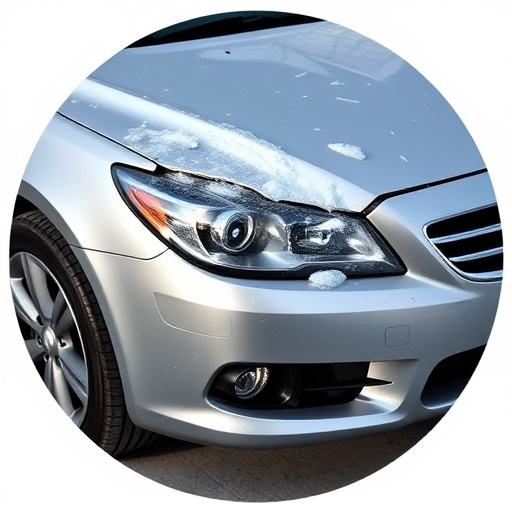
The Mercedes EQ battery housing serves as a critical component in electric vehicle (EV) design, offering advanced Mercedes EQ battery protection. This protective enclosure is meticulously engineered to safeguard the high-voltage lithium-ion batteries, which are the heart of any electric car. The housing is designed to withstand extreme conditions, from harsh weather to accidental impacts, ensuring the safety and longevity of the batteries.
This robust construction plays a vital role in preventing short circuits, leaks, and other potential damage, thereby enhancing the overall reliability and performance of the EV. In the event of an accident or exposure to adverse elements, the housing acts as a shield, protecting not only the battery but also critical electronic systems within the vehicle. This level of automotive body work demonstrates Mercedes’ commitment to delivering top-tier safety standards in their electric vehicles, addressing concerns often associated with auto repair services and vehicle body repair in EV technology.
Advanced Materials for Optimal Durability

Mercedes EQ battery protection is a key focus for engineers aiming to deliver top-tier electric vehicles. The battery housing, in particular, requires advanced materials that can withstand the rigors of daily use and extreme environmental conditions. To achieve optimal durability, modern car manufacturers are turning to innovative solutions like lightweight yet robust composite materials and high-performance polymers. These cutting-edge options not only enhance structural integrity but also significantly reduce weight, contributing to improved fuel efficiency and overall vehicle performance.
Compared to traditional metal housing, these advanced materials offer superior corrosion resistance, making them ideal for both contemporary and classic car restoration projects. The use of composite structures allows for precise shaping and seamless integration into the vehicle’s design, ensuring a sleek and streamlined look. Moreover, their flexibility in terms of heat dissipation and shock absorption makes them suitable for various vehicle types, from everyday drivers to high-performance sports cars. This ensures that the Mercedes EQ battery remains protected, extending its lifespan and enhancing the overall reliability of the electric powertrain.
Strength and Safety Features of EQ Battery Protection

Mercedes EQ battery protection is a critical aspect designed to safeguard both the vehicle’s performance and the environment. The housing materials for these batteries are rigorously tested to ensure they can withstand extreme conditions, from high-speed collisions to daily wear and tear. Advanced composite materials, including lightweight yet robust fiber-reinforced polymers, play a pivotal role in enhancing impact resistance and reducing weight, thereby improving overall vehicle dynamics.
These innovative materials not only protect the battery but also contribute to enhanced safety features. In the event of an accident, specialized designs and engineered crumple zones help absorb and dissipate energy, minimizing the risk of damage to the battery compartment. This, in turn, prevents potential fires or leaks that could be detrimental to both the vehicle and its occupants, as well as nearby infrastructure, effectively addressing issues commonly associated with car scratch repair and dent removal.
The Mercedes EQ battery housing showcases cutting-edge materials and innovative design, ensuring optimal durability and safety for electric vehicle owners. By employing advanced composite materials, this protective enclosure not only withstands rigorous testing but also enhances overall performance. The focus on strength and structural integrity guarantees a secure environment for the high-voltage battery system, underscoring Mercedes’ commitment to delivering top-tier EV technology with enhanced peace of mind.
